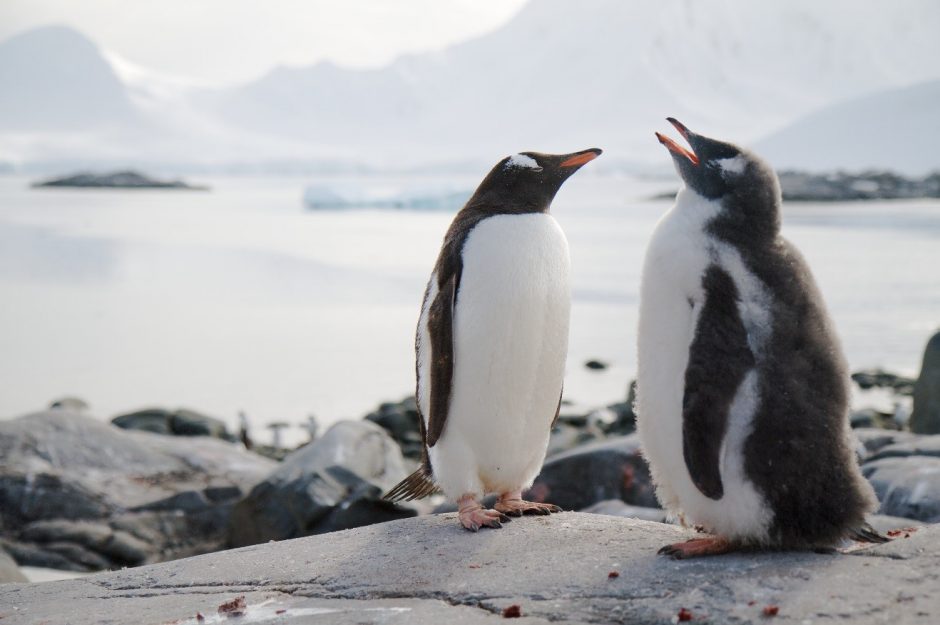
What’s in the Camera Bag? Antarctica Expedition
To many, it’s the holy grail of real deal exploration. It’s what often comes to mind when you think “expedition”. It’s the last continent, and still to this day one of the most remote wildernesses on earth.
If you’re headed there, you’ll want to make sure you have the right gear, as wildlife, scenery, and adventure await in ways unlike any other place on earth.
Wide Angle Zoom
As with pretty much every photo adventure, this is something you just can’t leave home without. Some people refer to this as their “walking around” lens, and in Antarctica, it’ll be your “zodiac-ing around”, “snowshoeing around”, and “exploring around” lens. These are your lenses in the 18-55mm, 24-70mm, or 24-105mm range for DSLRs or a 7-20mm, or 12-40mm on a mirrorless setup.
Because of the incredible scenic photography opportunities, I would estimate that this will be on your camera at least 40% of the time.
Zoom Telephoto
How often you use your zoom telephoto will be up to the type of photographer you are. For reference, when I speak of zoom telephoto, I’m thinking of something in the 70-200mm or 70-300mm range (mirrorless equivalent is something like a 40-150mm). These are major telephoto lenses, but they will no doubt do the trick. For Antarctica, you really don’t need much more than these.
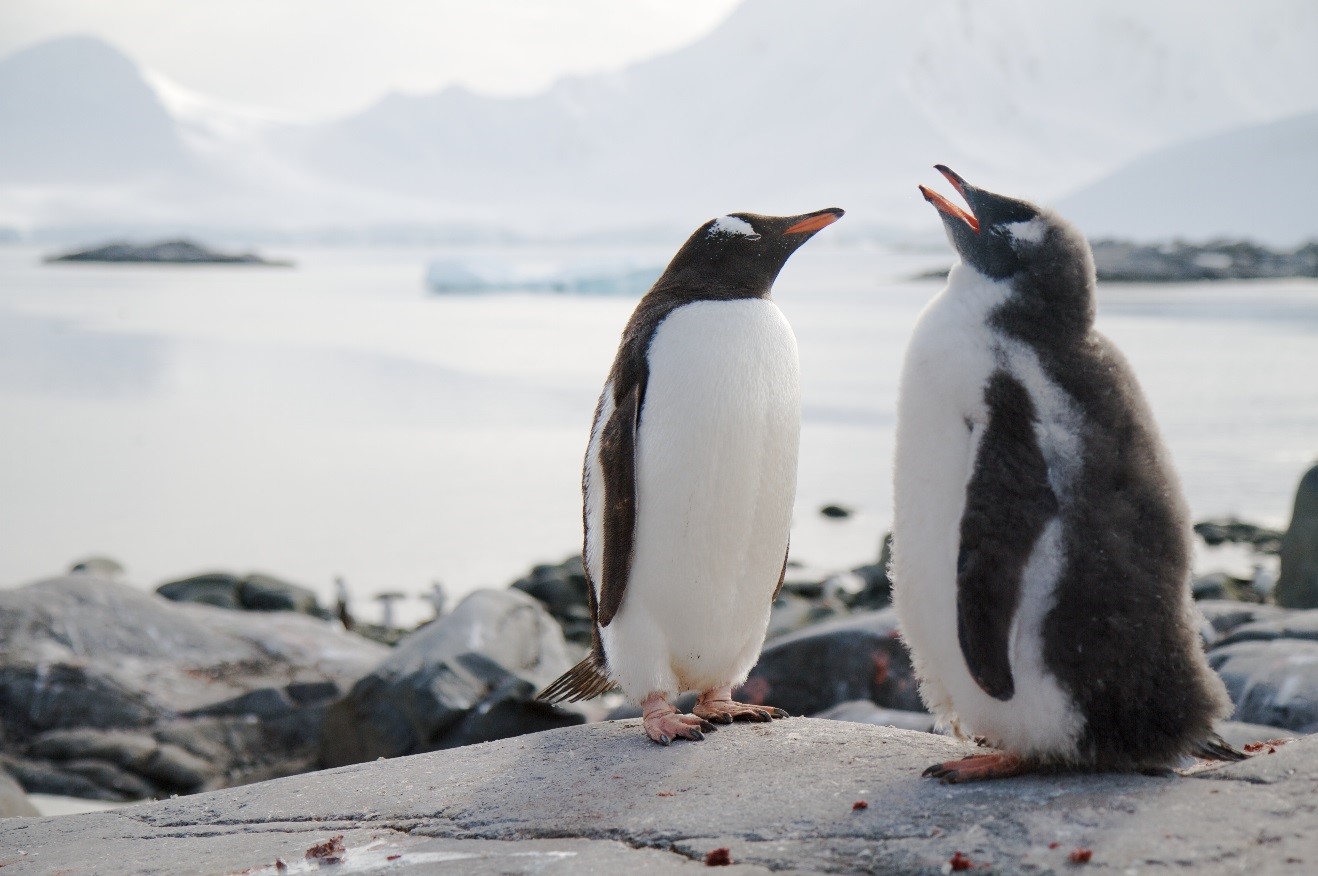
The wildlife (primarily penguins, seals, and whales) are abundant and will be rather close. And I also use these lenses for scenic landscape photos, too, as you’ll often want to “fill the frame” with mountains, glaciers, icebergs, and other elements to yield what I often refer to as a “big shot.”
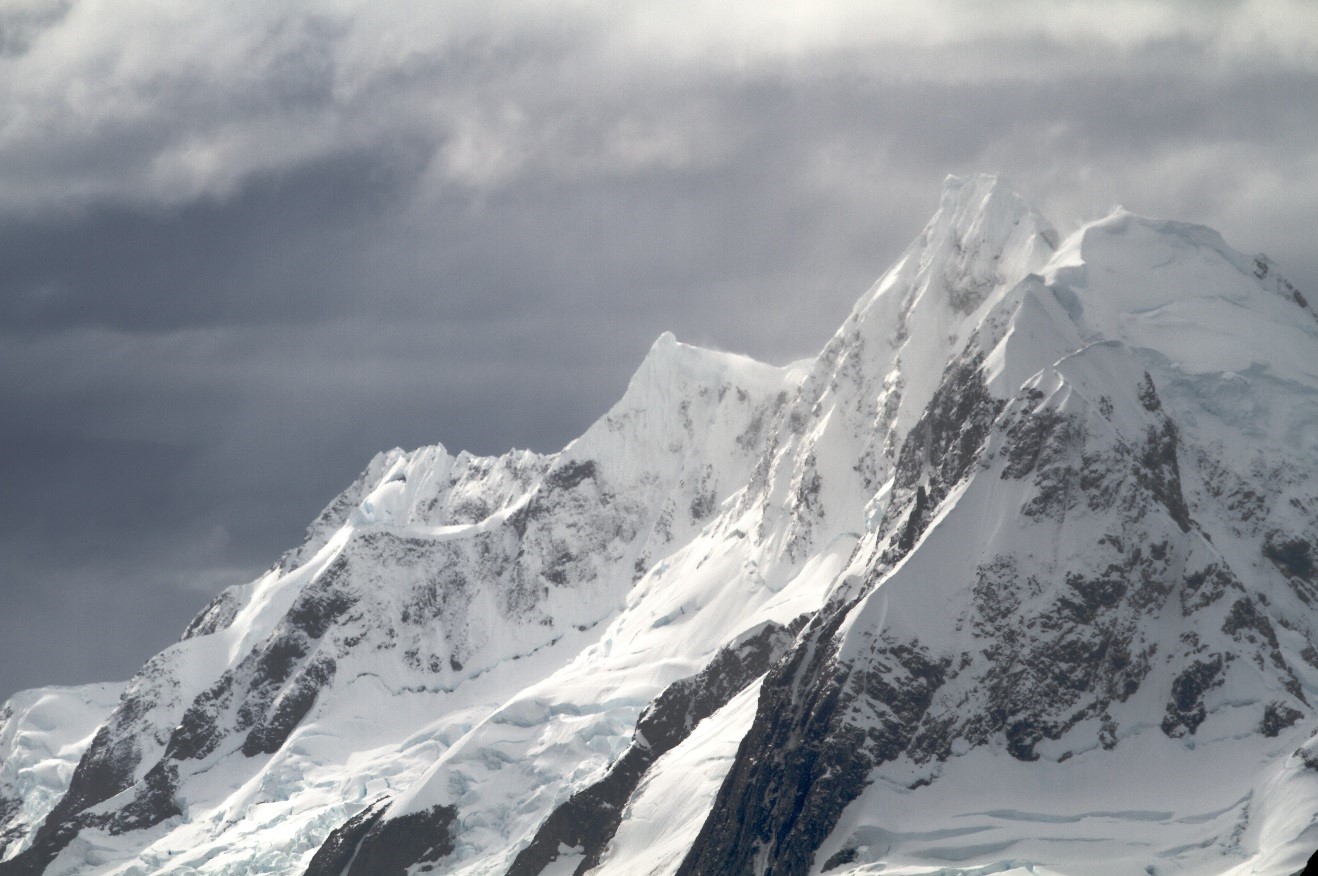
The nice thing is that you don’t often need to worry about light…with the snow and ice, it’s quite a bright place, and since most Antarctica Expeditions take place in the antarctic summer, you get plenty of daylight. Thus, you can have lenses with apertures in the f/4-5.6 range and be just fine. While f/2.8 is always nice, it’s not as critical as it is elsewhere in the world (e.g., rainforests, etc.)
Do I bring a Super Telephoto?
Not a key lens in your Antarctica kit. Now, of course there will always be opportunity that you’ll want more zoom. Even if you have a 600mm along with you, there’ll still be a shot or two where you want more. However, I personally find a 100-400mm to be the maximum that you’ll need, with a 70-200mm or 70-300mm being perfect for a majority of shots. However, for maximum versatility, a 100-400mm or similar gives you a tad more zoom, and of course a wider range comparatively.
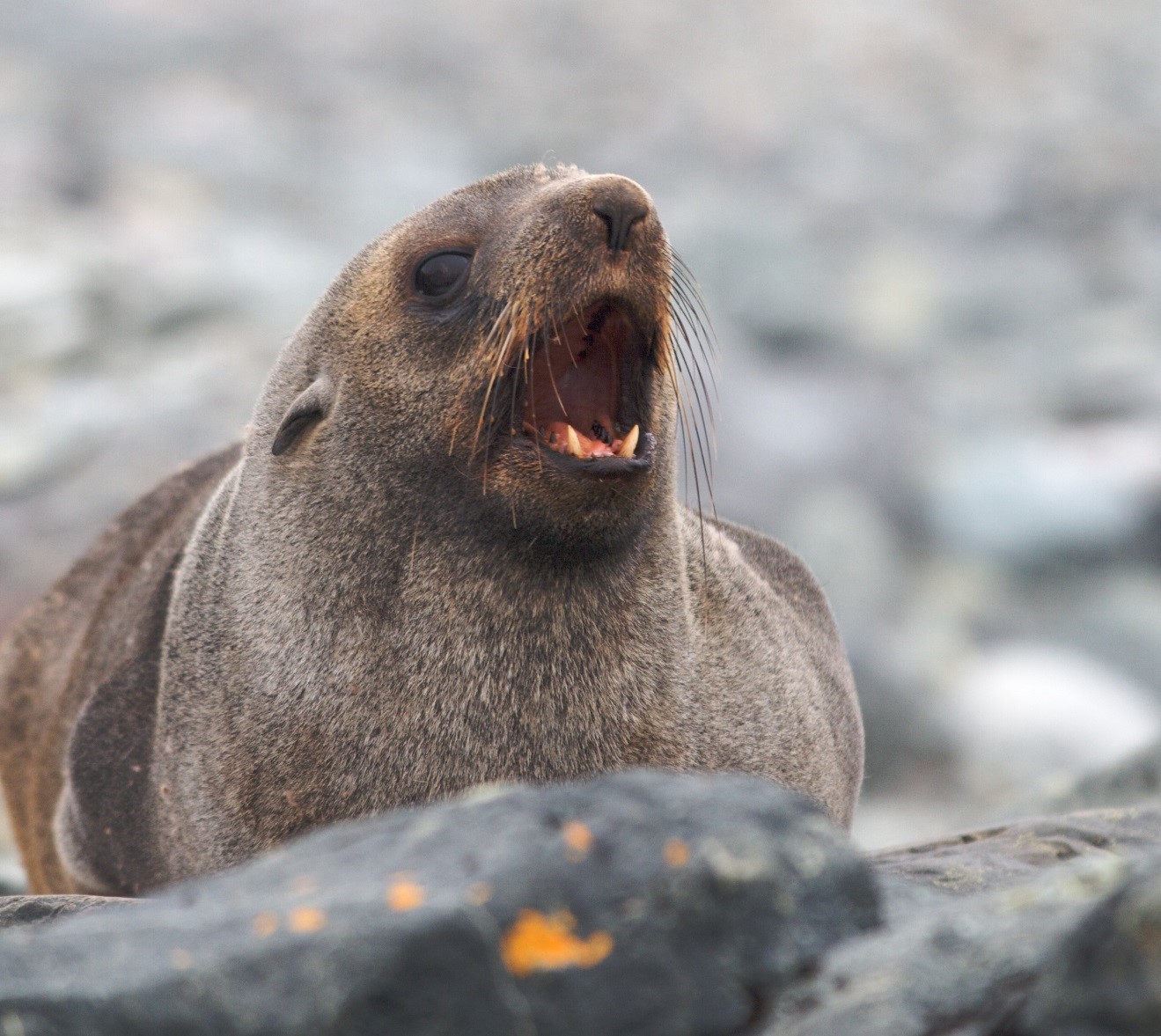
X-factor Lenses
There is one clear winner here, as far as “x-factor lenses”, and it’s an ultra-wide angle lens. These are your 10-22mm for crop frames, 17-40mm or 16-35mm for full frames, and 8-15mm for mirrorless cameras.
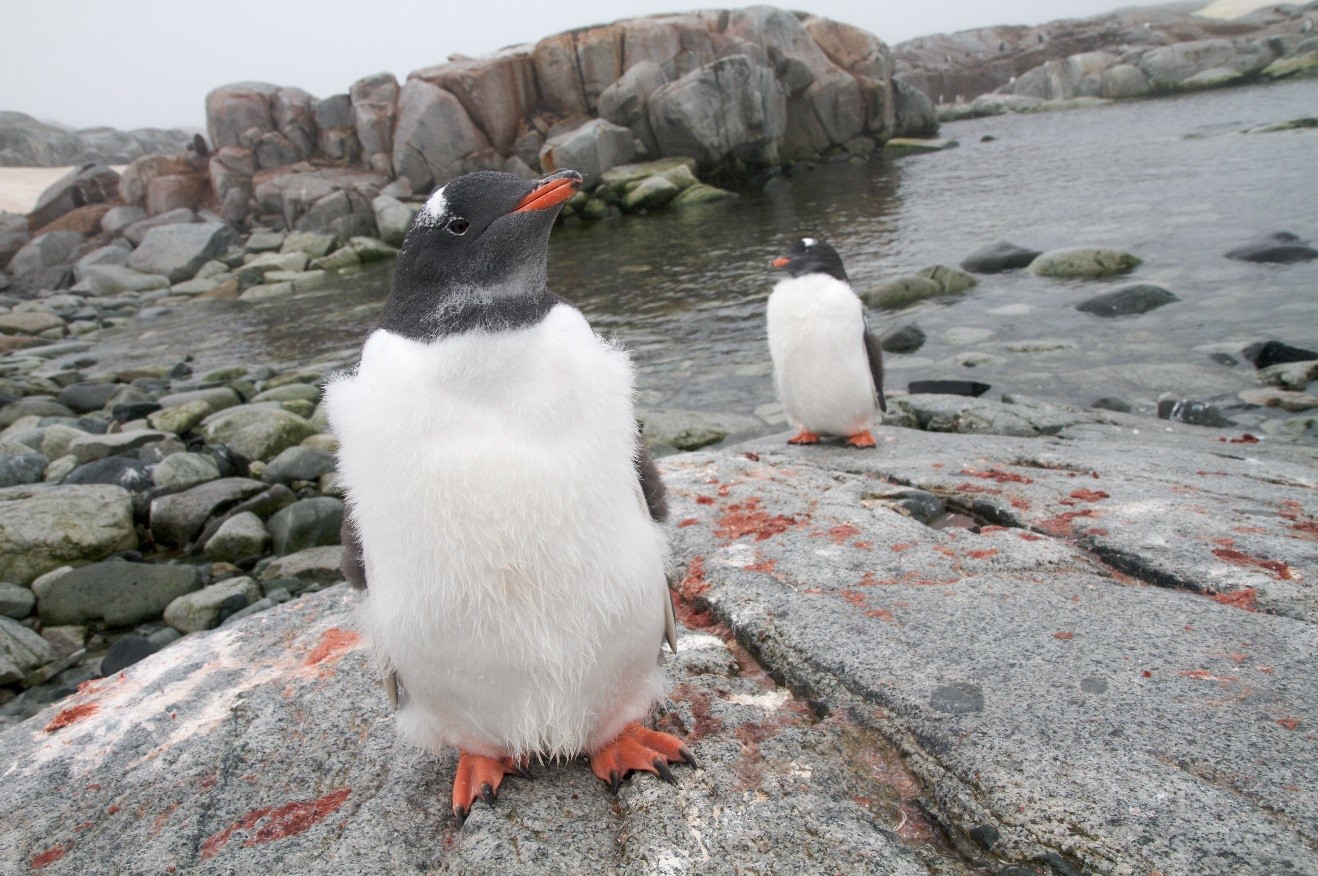
These ultra-wides aren’t going to be on your camera all the time, but they’ll definitely get you some amazing shots you couldn’t get otherwise, like the close up above. Because the penguins have virtually no fear, you can allow them to approach you quite closely, and with some luck you’ll get sensational photos to complement the other photographs you’ll get throughout the adventure.
And it’s not just for wildlife, but the scenery can sometimes demand ultrawide photos, too. One technique I love to use is photographing an ultrawide shot of a landscape, and then cropping the photo considerably, like below. In this photo I’ve cropped a good bit of the sky and water out, making the photo look like I took a panorama. Of course you can stitch these types of photos together in photoshop, but with the increasingly large megapixel capabilities of cameras, this is another high quality way to get this type of image.

Accessories and other gear
Fortunately you won’t have to bring much else, except for lots of extra memory. As I say with most wildlife expeditions, a flash will often produce unrealistic effects and behaviors. Plus, you’ll have quite a bit of light, rendering it largely unnecessary.
A tripod can be handy, especially for expeditions that camp on shore for a night or two, when you can get sensational night photo opportunities.
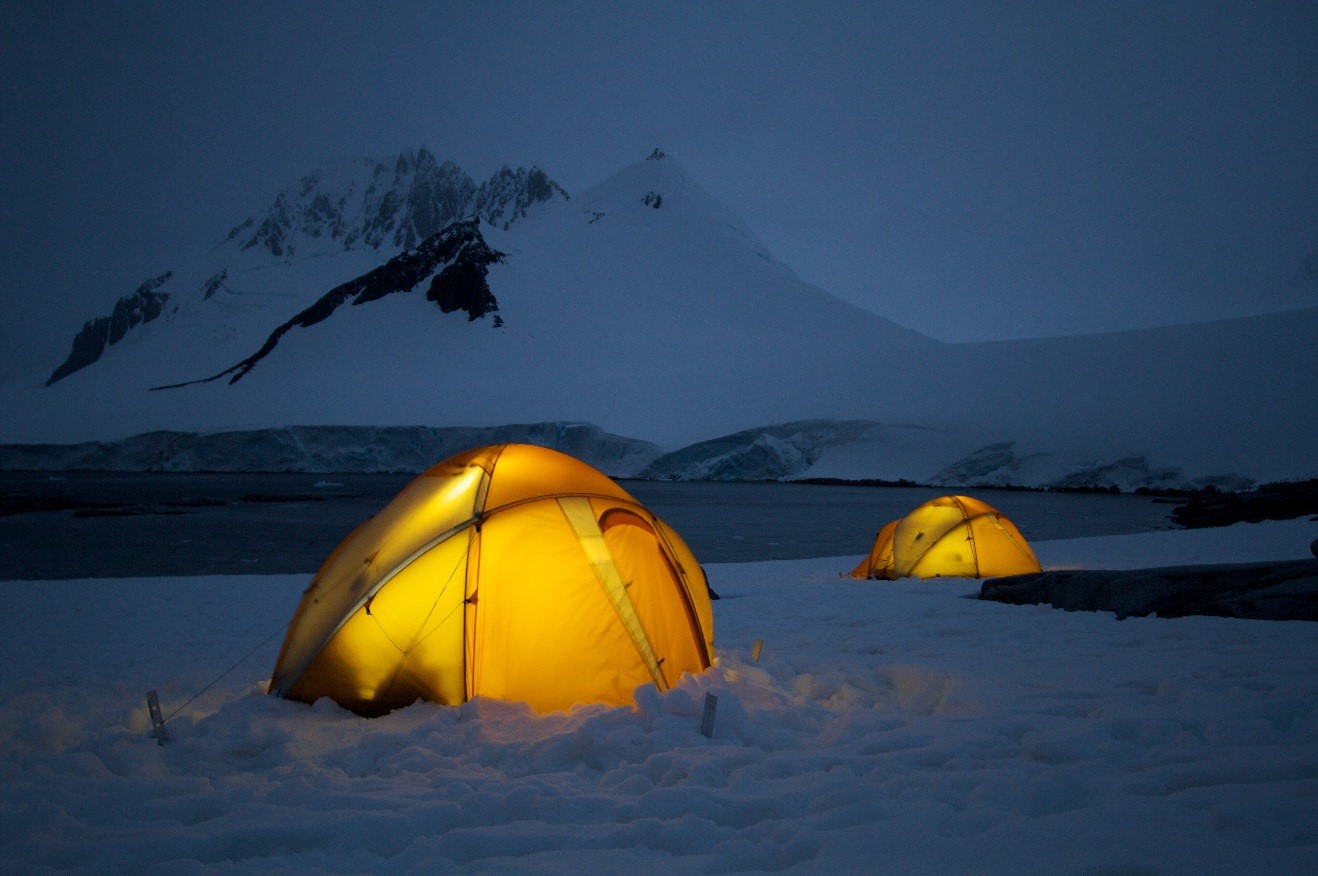
Folks often ask about whether a second camera body is helpful on this trip. It sort of is. Not nearly as much as an African Wildlife Safari, but of course minimizing the need to change lenses can always help. But frankly, this is a trip where you can easily get away with just one camera body. Now, if you have two, it’s a good idea to bring a second, more as a backup than anything. However, because you’ll often be in zodiacs, where a second body around your neck could be prohibitive, I often try to stay disciplined and stick with just one lens at a time.
Hopefully this helps a bit, and if you have your own ideas on what to bring with you photographically, feel free to leave a comment below!
All the best,
Court
10 Comments

jeff
July 28, 2019 at 5:23 pm
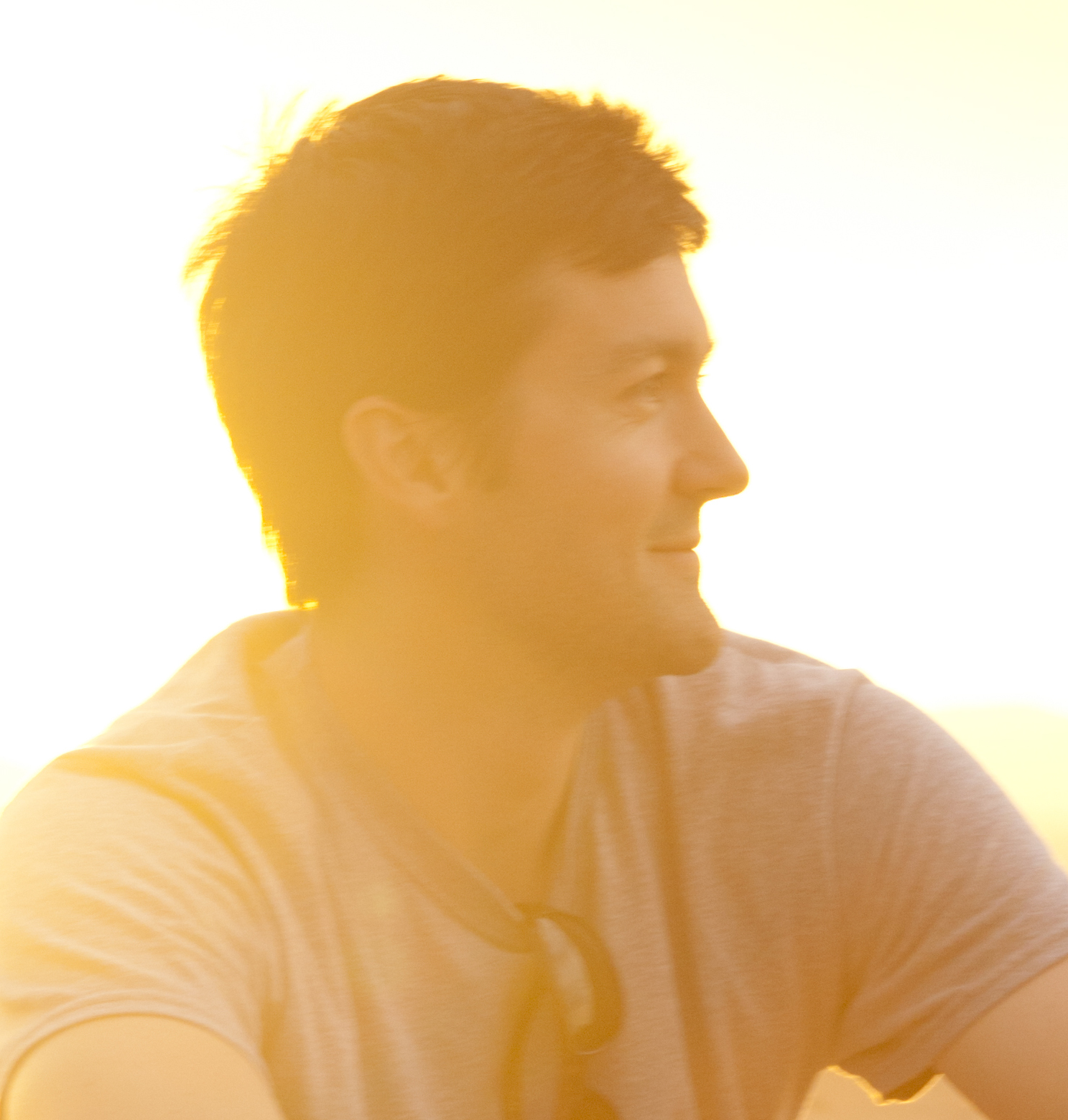
Court Whelan, Ph.D.
August 21, 2019 at 10:20 am

jeff jackson
December 11, 2021 at 10:14 pm

Court Whelan, Ph.D.
December 15, 2021 at 12:43 pm

Davina
August 28, 2019 at 11:05 pm

Court Whelan, Ph.D.
August 31, 2019 at 10:04 am

Davina
December 5, 2019 at 10:27 pm

Court Whelan, Ph.D.
December 6, 2019 at 1:42 pm

Davina
December 7, 2019 at 6:35 am

Court Whelan, Ph.D.
December 17, 2019 at 9:27 am
this is a helpful article. thanks for writing it. we are booked on a trip in january, 2021. visit Falklands and Georgia islands with Antarctica. we’ve done three safari trips, so we are used to taking multiple cameras. this may, i had a 500mm lens on a nikon d500 and a 70-200 on a nikon d850 and a sigma 24-105 on a third camera along with a point and shoot. i was thinking of replicating this for antarctica. the 500 is the new, lighter nikon 500 5.6 lens. Any reaction? also, any suggestions for possible shots while cruising?
Jeff
Illinois
USA
Hi Jeff, the 500mm is a bit big for Antarctica, but at the same time you might very well find it helpful if penguins, seals, or whales are at a distance. The biggest thing to consider is whether you can and would want to bring it on a zodiac or to shore with you. If you would, then I bet you get some cool “fill the frame” shots of penguins, which you’ll love! But don’t leave the 70-200 behind, as that’s a wonderful one to have both for wildlife and scenery. And of course the 24-105 is a workhorse for trips like this–invaluable for landscapes and general travel shots.
As far as shots while cruising, you bet! Great opportunities for landscape shots, and I would switch between the 70-200 and 24-105 quite often. There is a CHANCE you could get wildlife from the main boat, but generally more landscapes than wildlife from the larger vessel. But landscape shots a plenty!!
Cheers!
thanks much, court!
regards,
jeff
you’re most welcome, Jeff!
Thanks for this article Court! I am going to Antartica in 2021 and was wondering if I should get extra lenses… (I currently have a sony a6500 with a sigma 16mm and a sony emount 18-200mm) Looking at your article, I think I’d probably be fine without. One question though – I upgraded to the a6500 from a a6300 which I gave to my sister in law. Should I ask her for the body to take with me so I have two bodies?
Great question here, Davina! On the two-body front, it’s always helpful, but for Antarctica it’s not immensely helpful. That is, for certain places (africa comes to mind) it’s just so easy to have a spare body with an alternate lens sitting on the seat next to you, and the photo opportunities come so quickly, that’s it’s a very good idea. For antarctica, you won’t have that seat next to you, and even when you’re on zodiaks it’s not all that easy to balance two cameras around your neck. And finally, you can foresee the photo ops a bit better such that you will have the time and ability to change lenses when you want. Thus, I’d say go lighter and more flexible, unless you really, really want to bring two bodies. It will always be a little better, but probably not significantly for antarctica. As far as the lenses, an 18-200mm is great. Do you know if this is a full frame equivalent? that is, is it a true 200mm or is there a crop factor that would make it actually, say something like a 280mm or 300mm? I think a 300mm length is helpful, but it won’t be the majority of your shots. Nevertheless, it’s always nice to have a bit of telephoto, and if your 200mm is a true 200mm then you may be slightly undergunned. Check to see if your camera has a crop factor, which it likely does, and if that turns your 200mm into something close to a 300mm you’ll be just fine :). Hope this helps1!
Hi Court, my apologies for taking forever to get back to you, apparently my email did not ping the response B[
Anyway! I checked, and my 18-200 is a 35mm equivalent 27–300mm although being Christmas I might just go ahead and buy the new 70-350mm to push me jussssst a little bit further XD I can use that from the ship for birds, maybe.
I figure I’ll leave the extra body behind and just bring my olympus rugged P&S as my second camera as that fits into a pocket. I’ll have my phone too, but that’s not likely to leave the ship for safety’s sake! I might change my mind on that but that will have to wait until I go, I think.
Great ideas here, Davina! I think a little extra telephoto would be nice to have, not just for this trip, but for others into the future, too. And a point and shoot as a second camera is great! But don’t be too afraid to take your phone to shore…smartphones nowadays take such great photos and are SO easy to share that way, too! I might recommend putting your phone in a simple dry bag (sea to summit is a great brand, and they’re only about $15) but that’s really it! Very best of luck and I’m sure you’ll have an amazing adventure!!
Oh, good idea. I’ll need a dry bag anyway, I’m sure, as my usual backpack is water *resistant* not water proof. Thanks Court!
great, Davina! Glad to help!